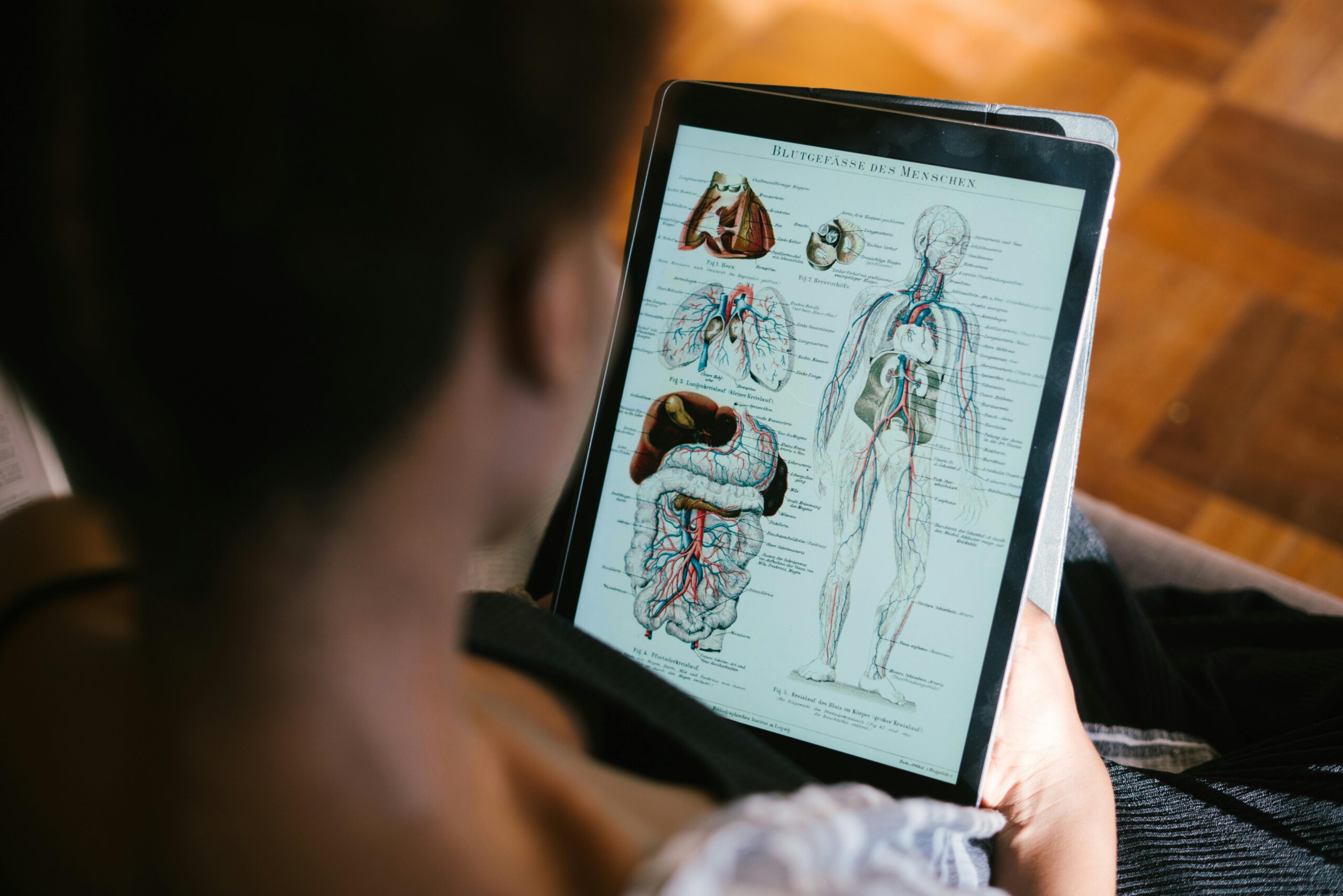Universal Design for Learning: UDL Strategies for Inclusive Learning Spaces
Universal Design for Learning (UDL) is a framework that empowers educators to create inclusive learning environments where all students can flourish.
Initially inspired by accessible designs like curb cuts, UDL helps educators break down barriers and provide accessible learning solutions for students of all abilities. In this article, we’ll explore the principles of UDL, why it matters for inclusive education, and practical strategies for applying it in any learning space.

Students working in a classroom in the way they prefer best
What is Universal Design for Learning (UDL)?
Universal Design for Learning (UDL) applies the concept of Universal Design—originally created to make physical environments accessible for all people—to education. Just as curb cuts were designed to help individuals with mobility challenges but ended up benefiting everyone from parents with strollers to cyclists, UDL aims to create flexible learning experiences that benefit all learners, not just neurodivergent and disabled students.
The core of UDL is recognizing that no two students learn in the same way.
It’s not just about accommodating students with disabilities—it’s about designing learning environments that work for everyone. UDL promotes flexibility in how students interact with material, how information is presented, and how they demonstrate their understanding.

Hands-on science materials
The Three UDL Principles: Engagement, Representation, Action & Expression
UDL is built around three key principles that guide educators or therapists in designing inclusive and accessible lessons and activities.
- Engagement. Kids learn best when engaged, but different things motivate different learners. UDL encourages offering multiple ways to capture interest—such as storytelling, interactive activities, or gamified learning experiences.
- Representation. Not all kids learn the same way, so providing multiple means of representing information is essential. This can include:
- Text
- Visuals
- Audio
- Hands-on manipulatives
- Action & Expression. Learners should be able to demonstrate what they’ve understood in different ways. Some may prefer
- Writing
- Oral presentations
- Group projects
- Multimedia creations like videos or infographics.

Universal Design for Learning Guidelines as per CAST website, © CAST, 2024
Why UDL Matters for Inclusive Education
In an era when classrooms are becoming increasingly diverse, the one-size-fits-all approach to teaching no longer works.
UDL is about meeting students where they are by providing multiple pathways for them to flourish.
One key benefit of UDL is inclusion. Whether students are neurodivergent or multi-language learners, UDL ensures no one is left out or left behind. By offering choices in how students access and interact with content, UDL helps educators address the varying needs and preferences of all their students.
Also, UDL helps educators save time. Rather than retrofit lessons for individual students—something we often refer to as differentiation—UDL allows teachers to create lessons that are flexible and accessible to everyone from the start.

A student is choosing to learn science concepts digitally.
UDL Strategies to Support Differentiated Instruction
One of the strengths of UDL is that it doesn’t require educators to create separate lessons for different students. Instead, it encourages them to offer choices for all students, providing multiple options for engagement, representation, and expression.

A student engaged in online learning
A Mini Case Study
Take Mrs. Johnson’s math class, for example. She wanted to engage a diverse group of students, some of whom were ADHDers, others were multi-language learners, and two dyslexic students. Instead of individualizing instruction for each student, she used UDL principles to offer various ways to participate in the lesson.
She told a story to introduce multiplication, used visual aids like coins and gems, and provided hands-on tools like calculators and manipulatives.
By doing this, she didn’t just target specific students. She created an inclusive environment where all students could choose how they wanted to learn. This approach allowed every student to flourish, regardless of their background or learning preferences.

Students choosing to learn at a PC
How to Start Implementing UDL
Getting started with UDL doesn’t mean overhauling everything you do.
Start small by offering a few different ways for learners to access content or demonstrate their learning.
Here are a few ideas to help you get started:
- Offer content in multiple formats. Present information through text, videos, infographics, and interactive tools so that all students can interact with the material, no matter how they prefer to learn.
- Provide choice in assessments. Offer options instead of having every student complete the same project or test. Some students might prefer writing an essay, while others may shine in a group presentation or a multimedia project.
- Collaborate with colleagues. Share lesson plans and strategies that have worked in your learning space. This not only lightens the workload but also spreads the benefits of UDL throughout your workplace.
The best way to start is by starting small and gradually incorporating more UDL strategies into your lessons or sessions.
Resources
- CAST: Universal Design for Learning Guidelines – official UDL website
- The UDL Guidelines
- Curb Cut – YouTube video (5:04 minutes) explaining curb cuts in relation to UDL
Related articles
Get more anecdotes and strategies like this one

Sign-up to my newsletter for professionals
By signing up for email alerts, you agree to receive updates and promotions to support you in your role in education or therapy. You can unsubscribe at any time.

0 Comments